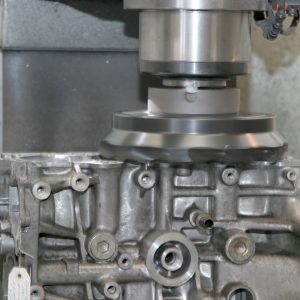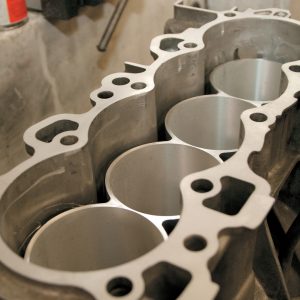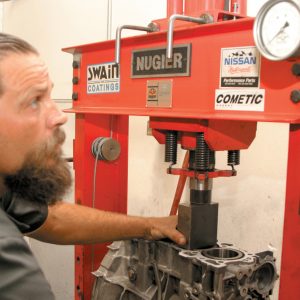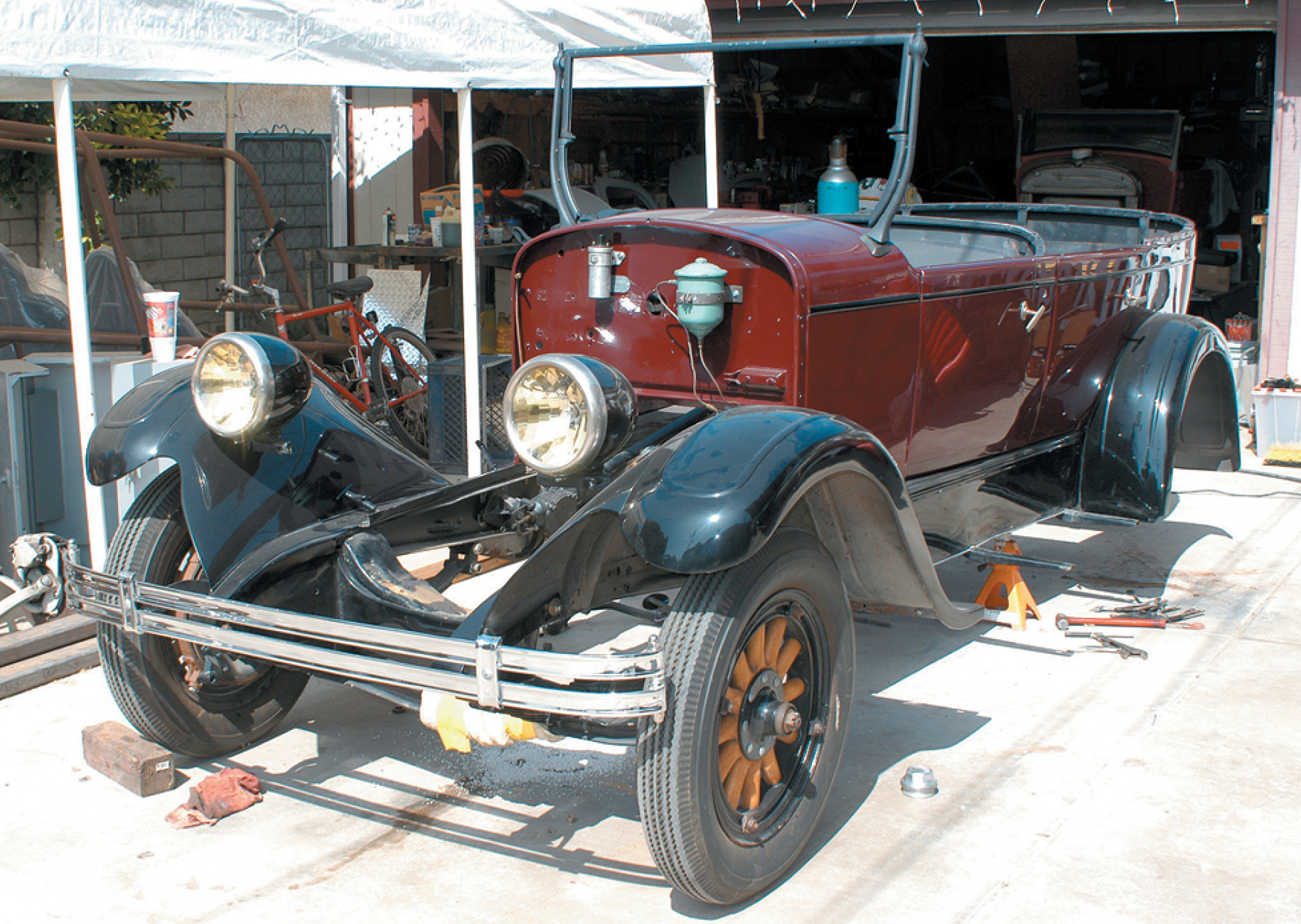Sleeving A B-series Block Is Not New, But How It Is Done Can Make All The Difference

These days, if you want to go fast on the track in a Honda, forced induction is almost a must, as most vehicles come with relatively small-displacement engines when compared to their domestic brethren. Basically, the more cylinder pressure and fuel that you can ignite, the faster you go. Admittedly, this all sounds pretty general, but for now, let’s roll with that thought.
The problem with running a lot of boost on the B-series block is that the open-deck design, is great for efficiency, but lousy for strength. The factory sleeves tend to flex, causing ring sealing problems and resulting in a loss of power. They may even crack under the high-pressure conditions associated with extreme racing.
B-series blocks are made from aluminum alloy, which is great for saving weight, but it’s not as strong as an iron block that affords increased strength at the cost of added weight. In both cases, there’s a tradeoff: you either get strength and a weight penalty with the iron block or lower weight and frailty with an aluminum block.
Another problem with the B-series block is that if you wish to increase the bore size due to replacement pistons, you must bore the factory sleeve. This leaves less material for strength, which compounds the open-deck problem.
Luckily, this isn’t as bleak as it sounds. Owners of B-series blocks have solutions to these problems, such as CNC-fabricated block guards or spacers that are pressed in at the top of the block to minimize flex and distortion of the cylinders. There’s also the all-new Dart block, but we’ll save that one for another article.

However, the problem with block guards or spacers is they are limited to the installer and many builders have been led to believe that these spacers can be tapped into place with the butt end of a wooden hammer. What happens is that the spacer seldom goes in correctly and can cause failure, instead of preventing it.
The current practice that is used in open-deck blocks like the B-series Honda block is to install a set of ductile iron sleeves. This isn’t anything new, as tuners have been using sleeves in domestic V-6 and V-8 blocks for a long time, and they have proven that the technique works.
Out of all the materials available for this purpose, ductile iron was chosen because of its strength and versatility. In the past, gray iron was considered to be the most versatile of all foundry metals because its high carbon content made it easy to melt and cast. It had a low shrinkage rate and a tensile strength up to 60,000 psi; but aluminum alloy, such as 2024 alloy, has a tensile strength rating up to 63,000 psi. While both have high tensile strengths, the resistance to fracture is high as temperatures increase.
Ductile iron is a graphitic metal that contains a high concentration of graphite spheres in its composition, unlike iron that contains flakes of graphite. If you have ever bent a graphite fishing rod or golf club, you know how strong it is. The same is true in ductile iron. It’s very resilient to fractures and cracking, while having 100,000 psi of tensile strength.

The sleeve of choice for many high-performance engine builders is the Darton sleeve. Darton uses sleeves that have been centrifugally cast, a process where molten ductile iron is evenly distributed over the interior of a mold that ensures proper thickness without voids left by traditional casting methods. This process affords the Darton sleeve tensile strength of 130,000 psi. Aside from being strong and resistant to cracking, ductile iron affords thermal resistance able to withstand temperatures as high as 800 degrees F, while being very resistant to corrosion.
Non-OEM blocks (like the Dart block) and welding of deck surfaces are outlawed by the NHRA. This ruling is a double-edged sword in a sense, as products like the Dart block would elevate the performance and power potential of B-series-powered vehicles. However, it also opens the doors for companies such as Dodge, General Motors, Ford and even McClaren to develop special engines for well-funded race teams. This could then make it virtually impossible for many racers to compete. Imagine a McClaren-powered Civic scorching the dragstrip. For now, blocks such as the Dart can be used on the street and racers will continue to use sleeved blocks because it is cost-effective, proven technology.
RS Machines in Carson, California, is one such shop that has been machining blocks and installing sleeves since 1996 and has grown to be the best-kept secret in import drag racing. Not because it innovated something that nobody else did, but because RS makes a quality product that the world’s best tuner racers trust.
In any form of competitive sport, the team that can maintain an advantage the best will always be successful and hard to beat. The team that keeps that advantage a secret the longest is even better off. This is exactly where RS Machines shines. Racers such as Bisi Ezerioha, Erick Aguilar and Jojo Callos use blocks prepped by RS Machines to dominate and smash records.
What does RS Machines do that is so special? We were curious too, so we dropped by the shop to cover the process of installing ductile iron sleeves that are guaranteed not to leak. Here’s what we found.


 By
By 















